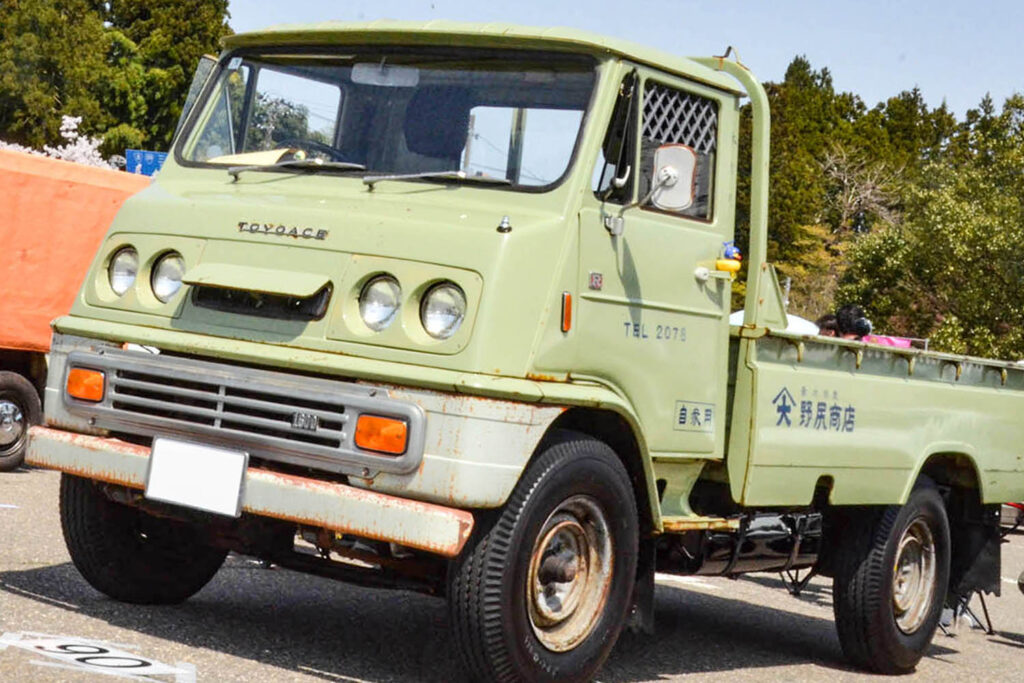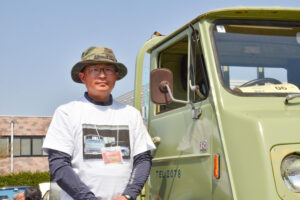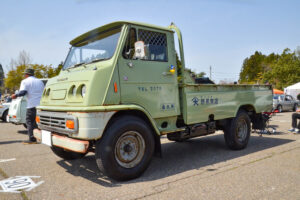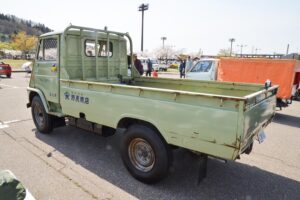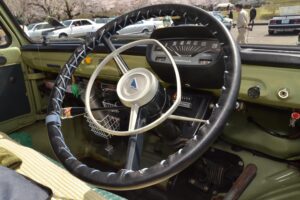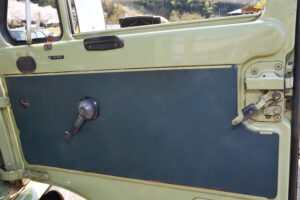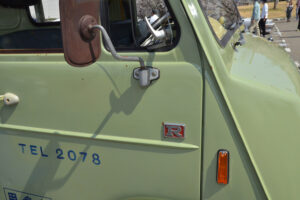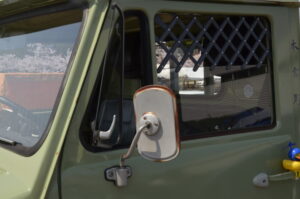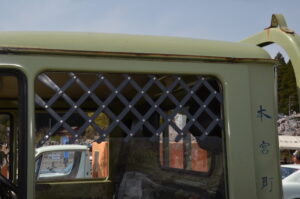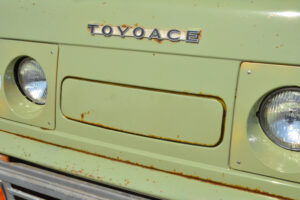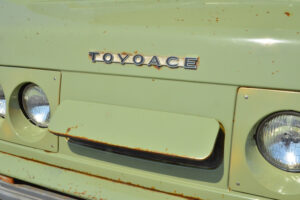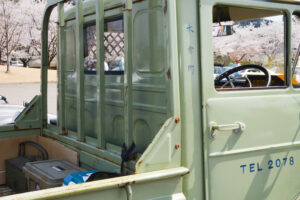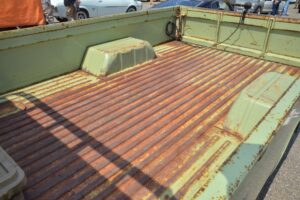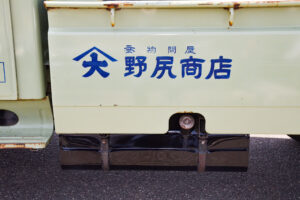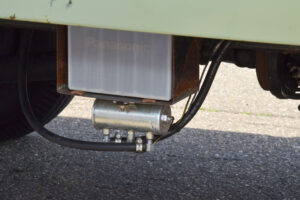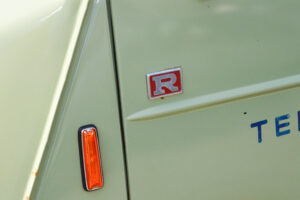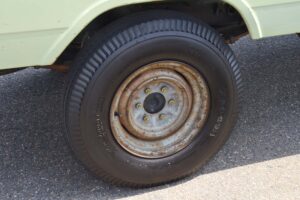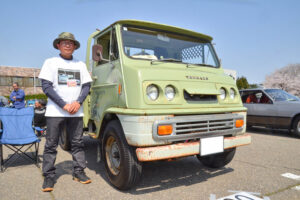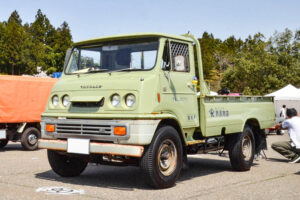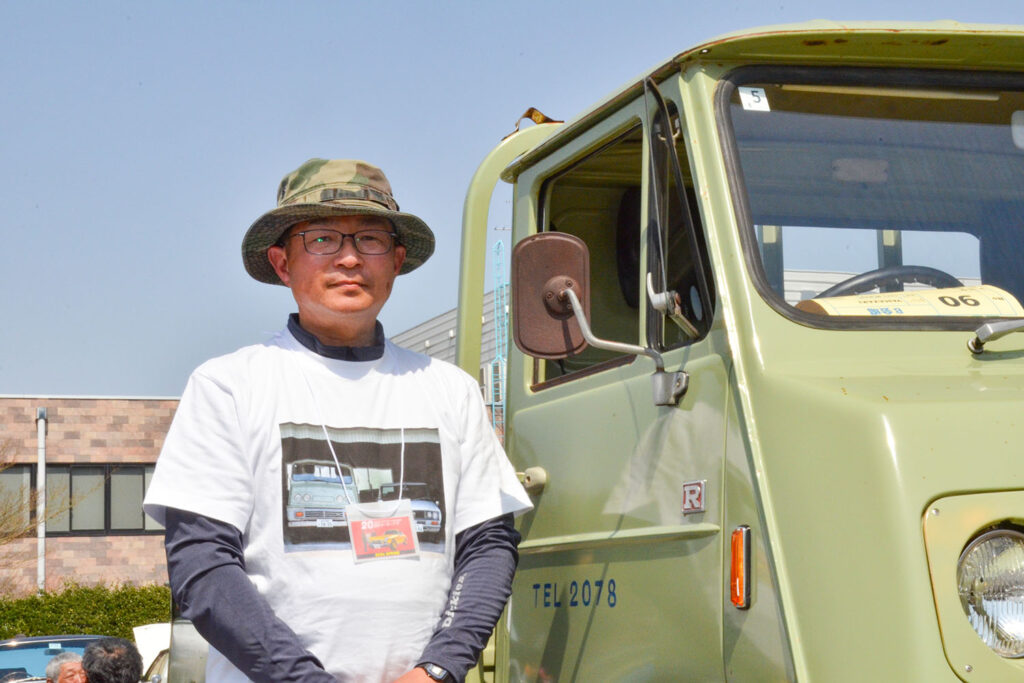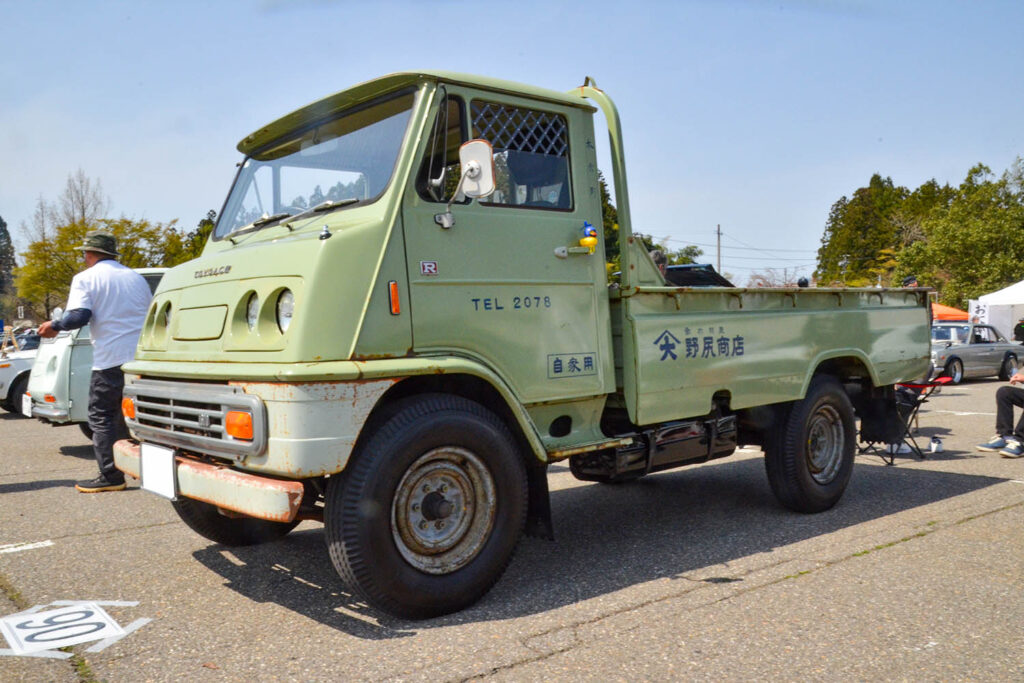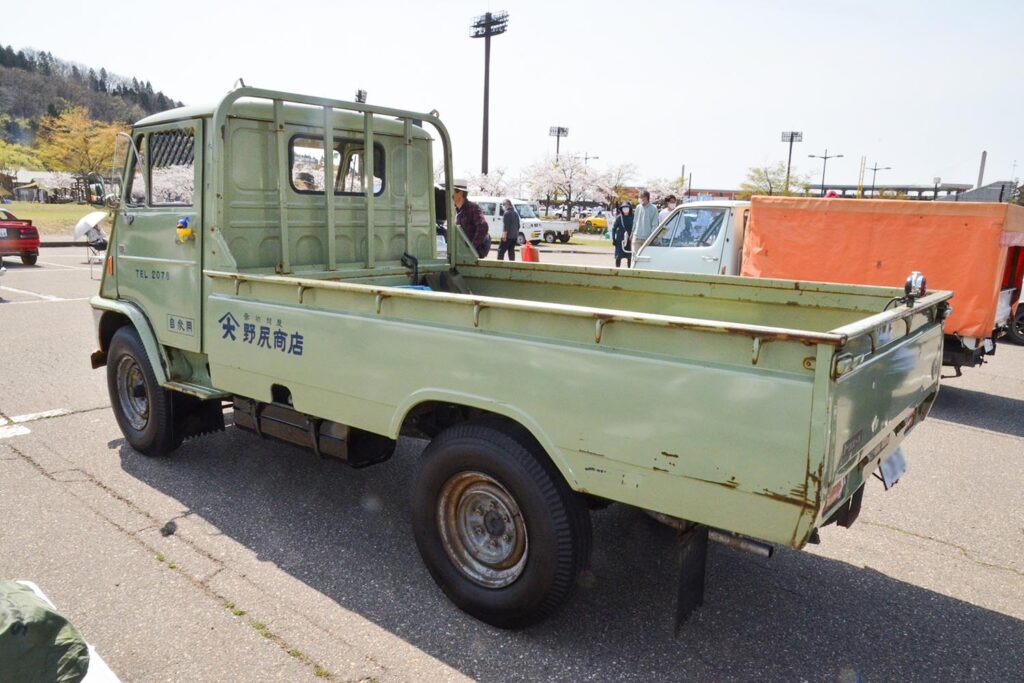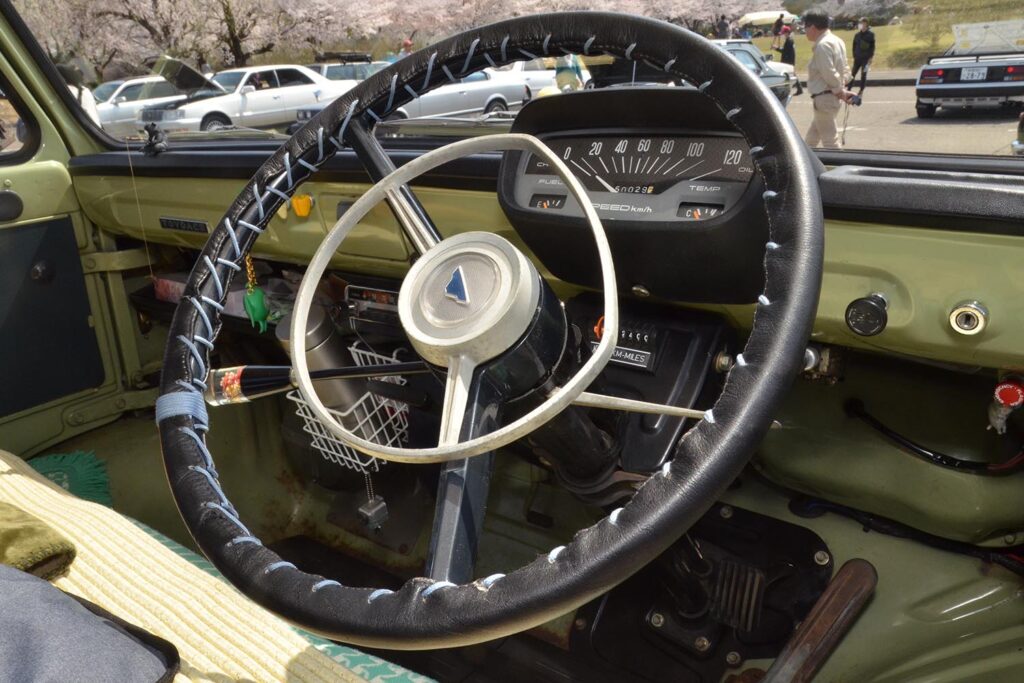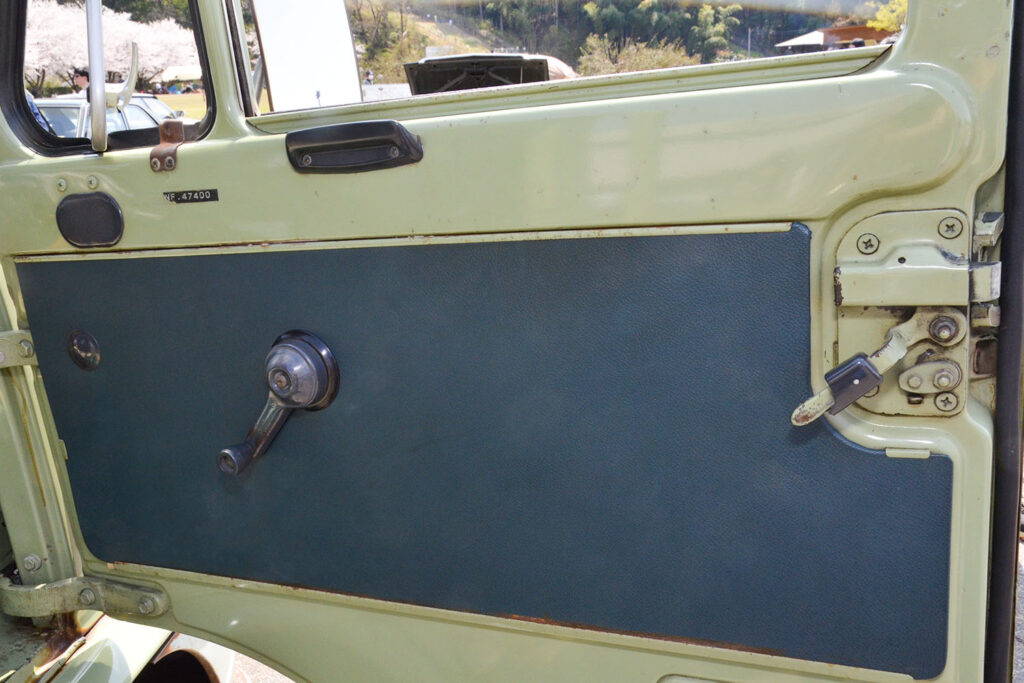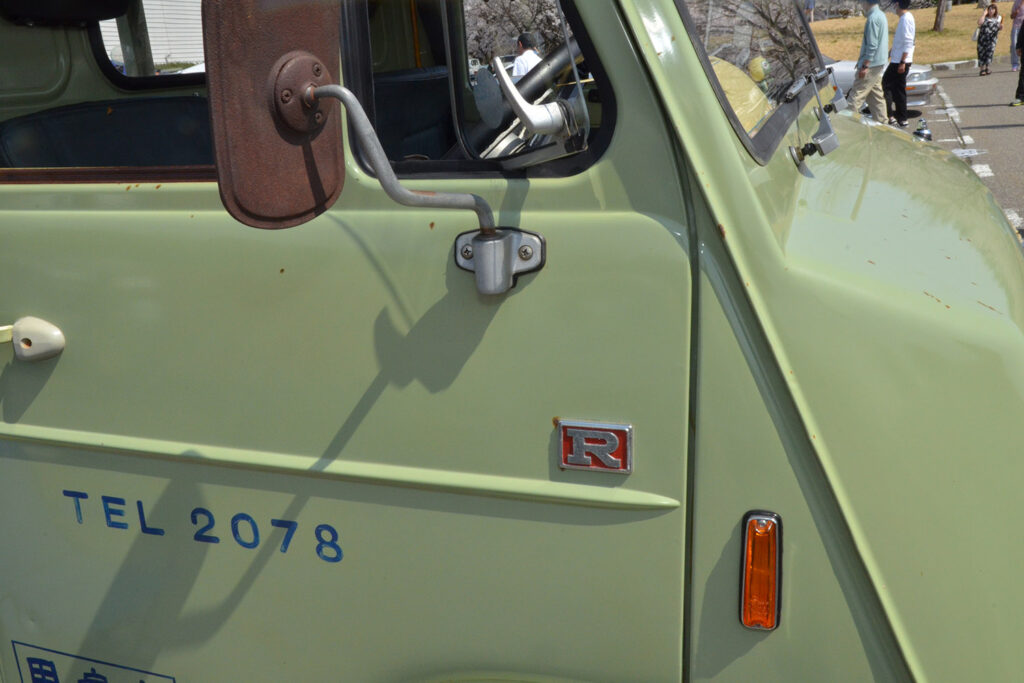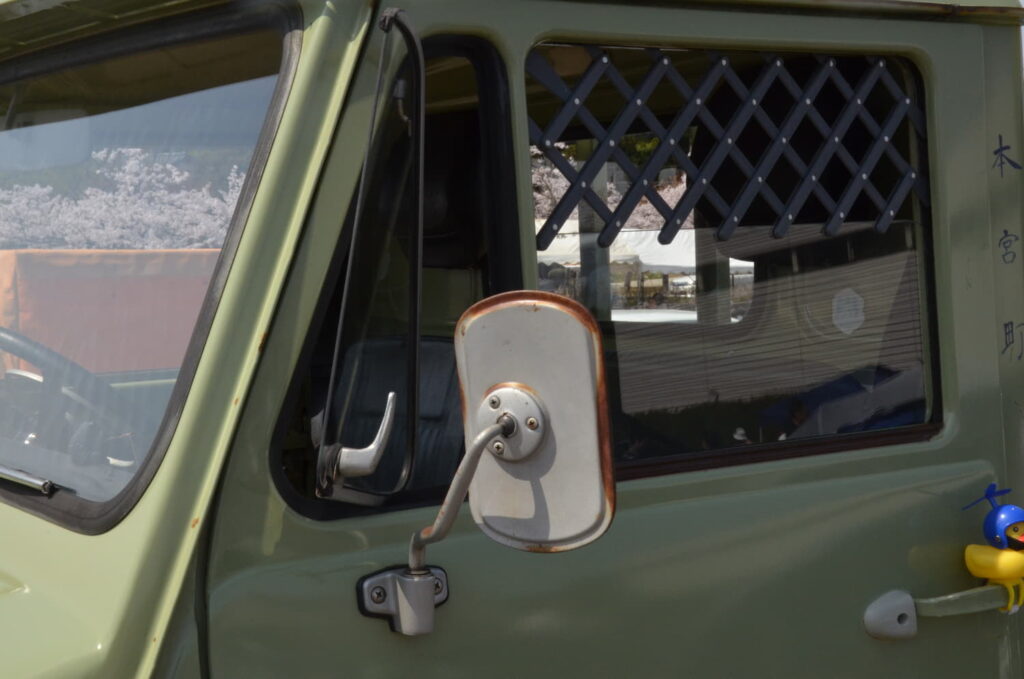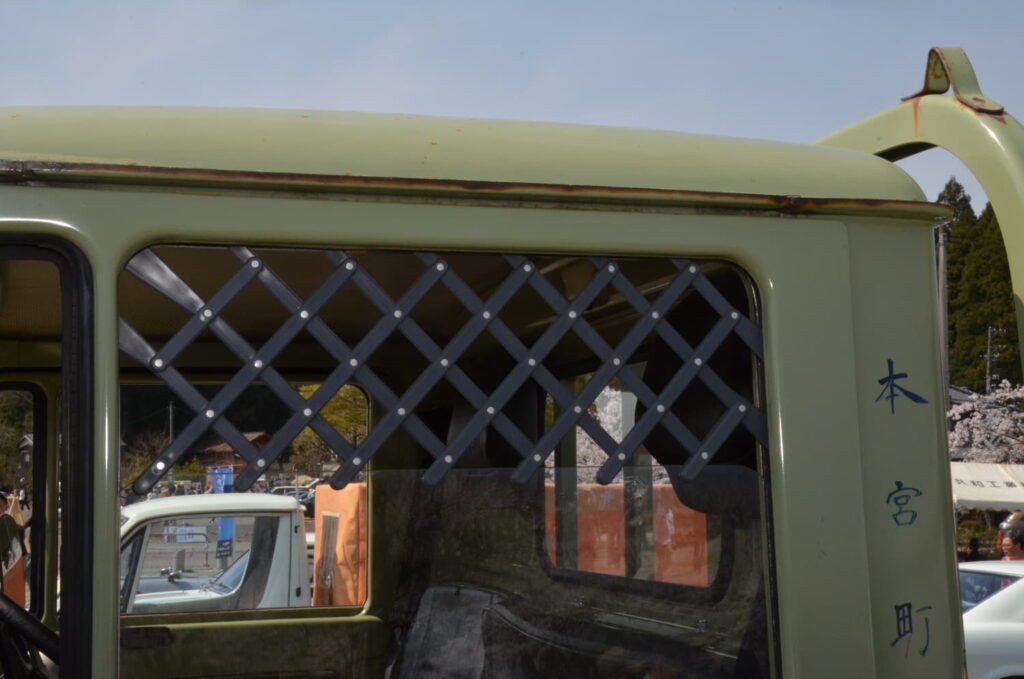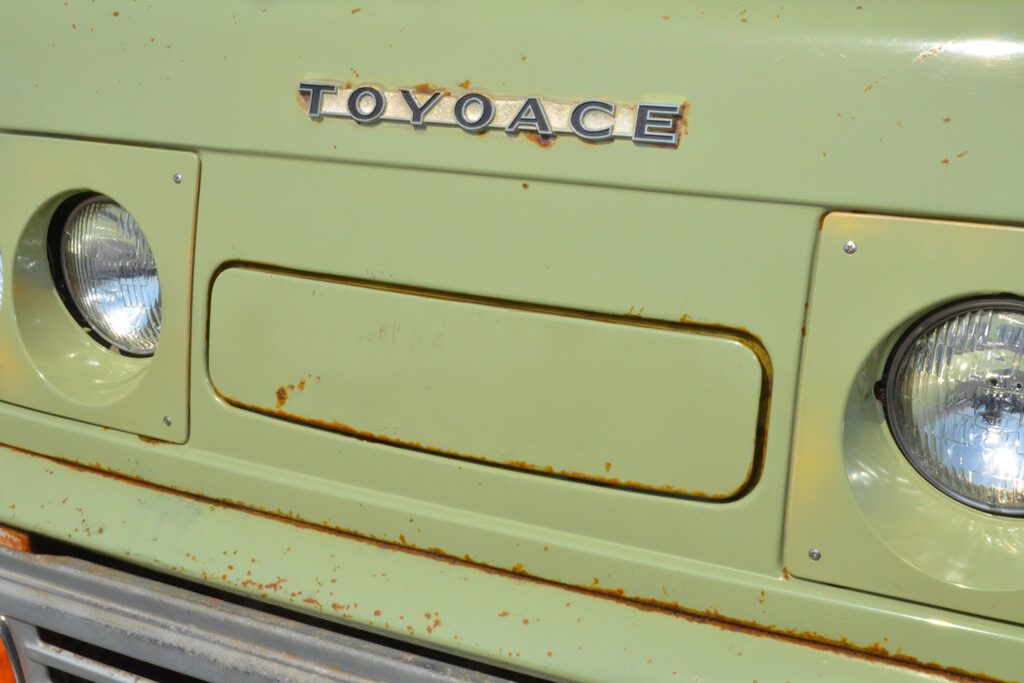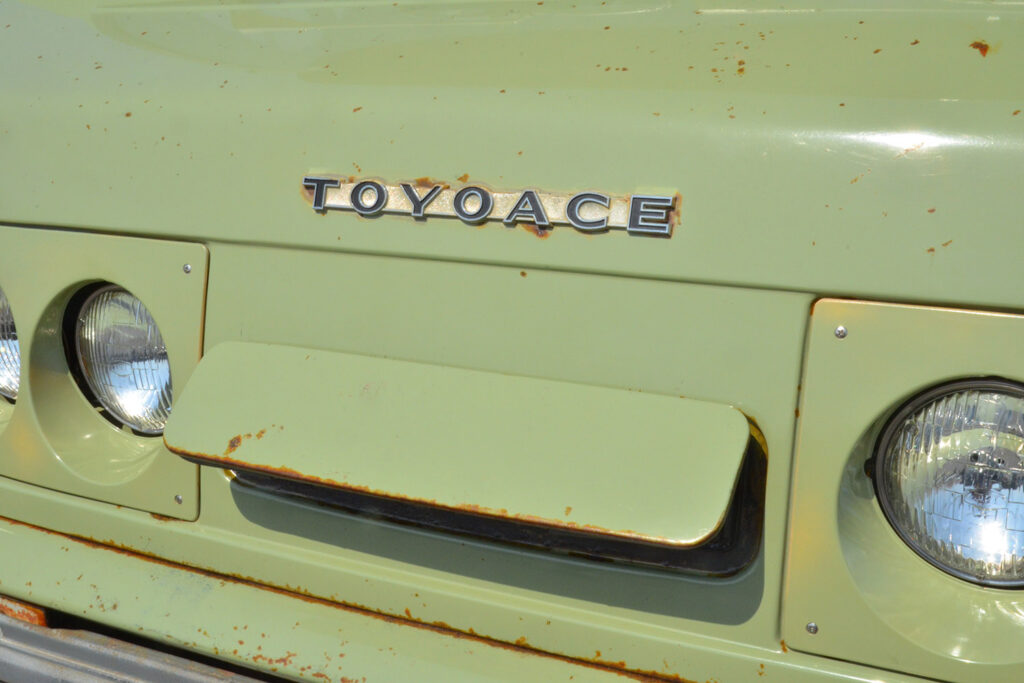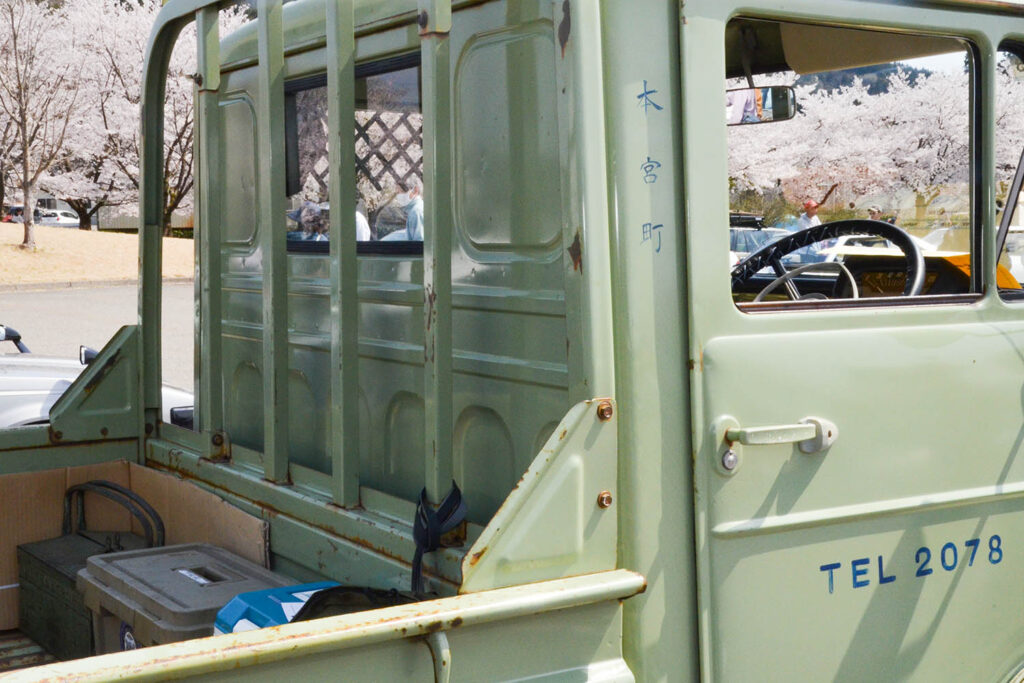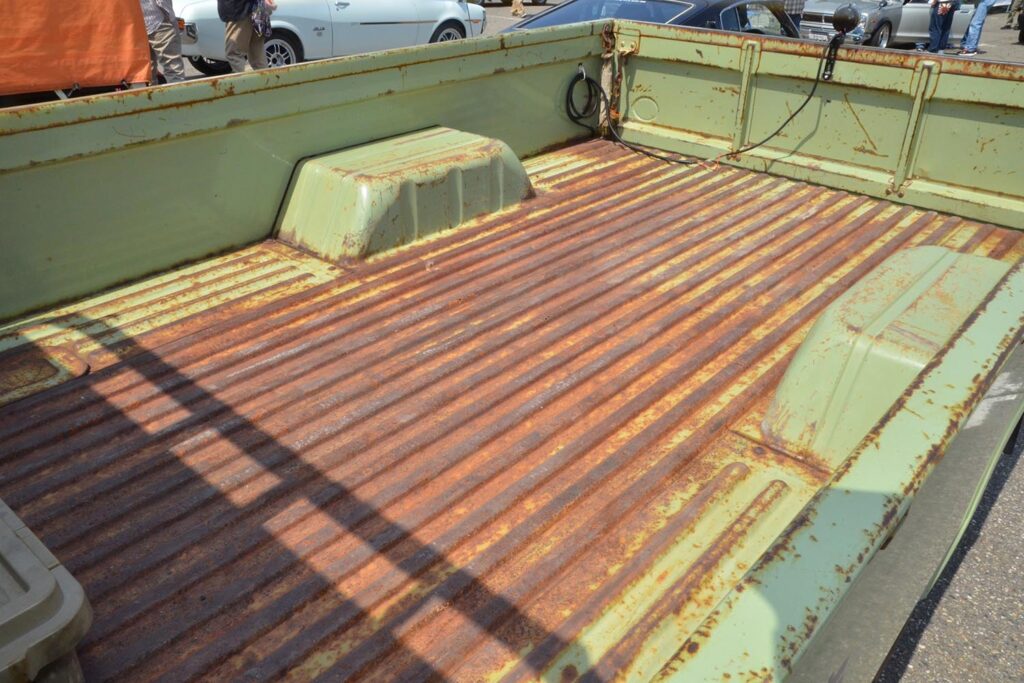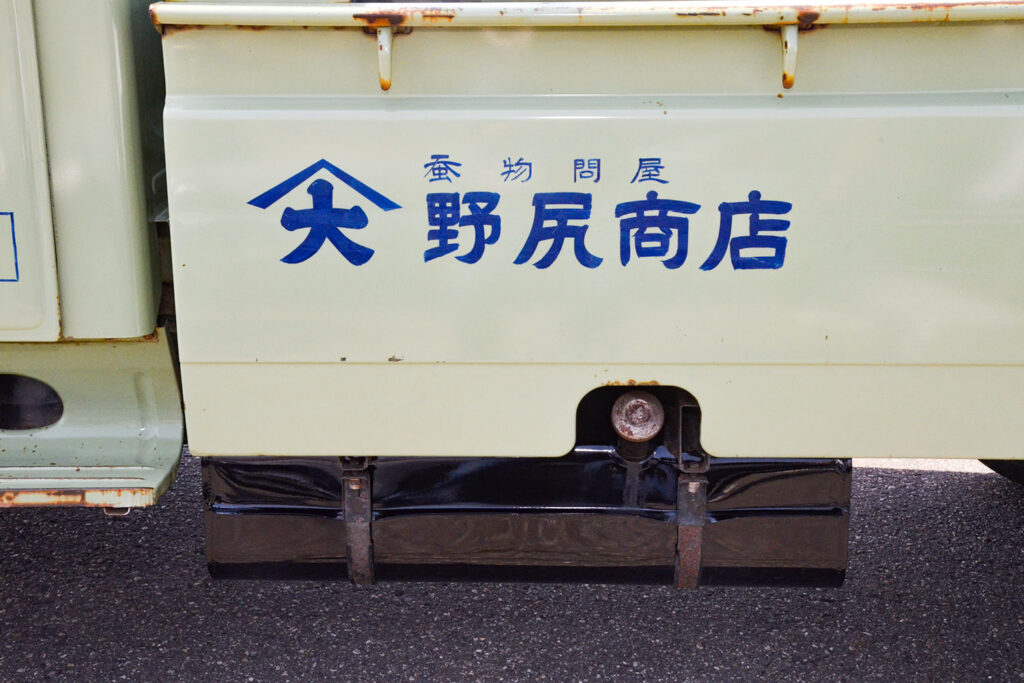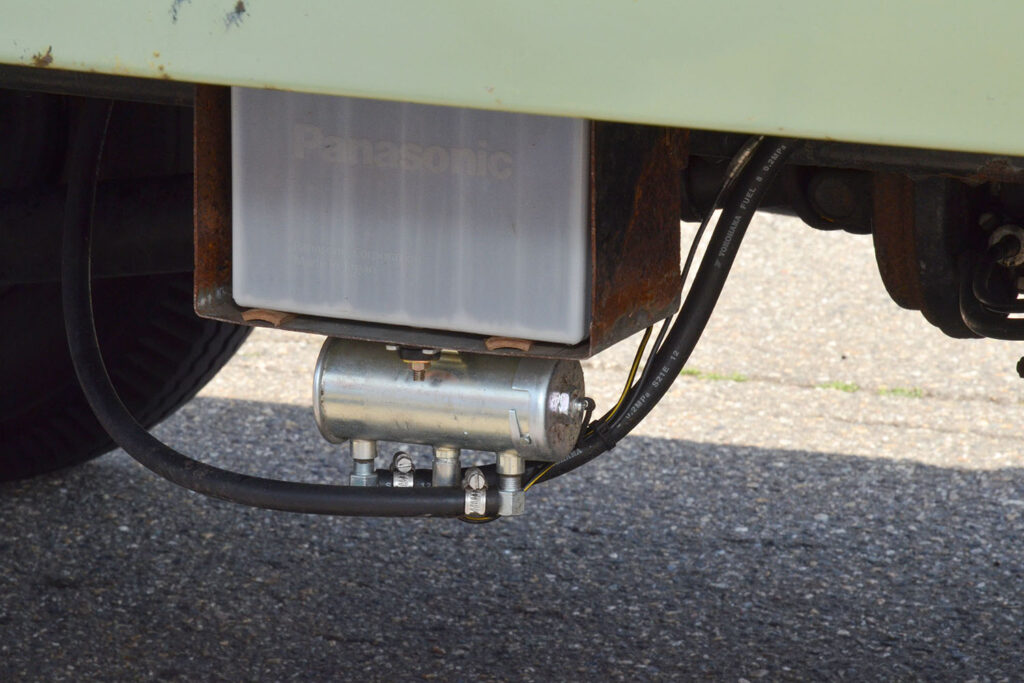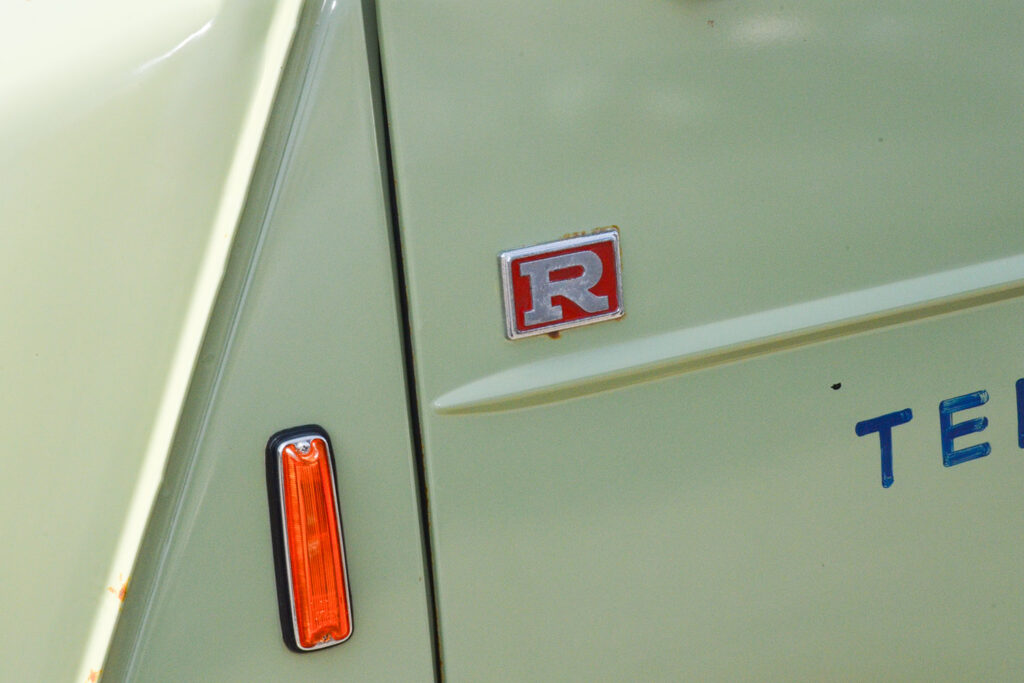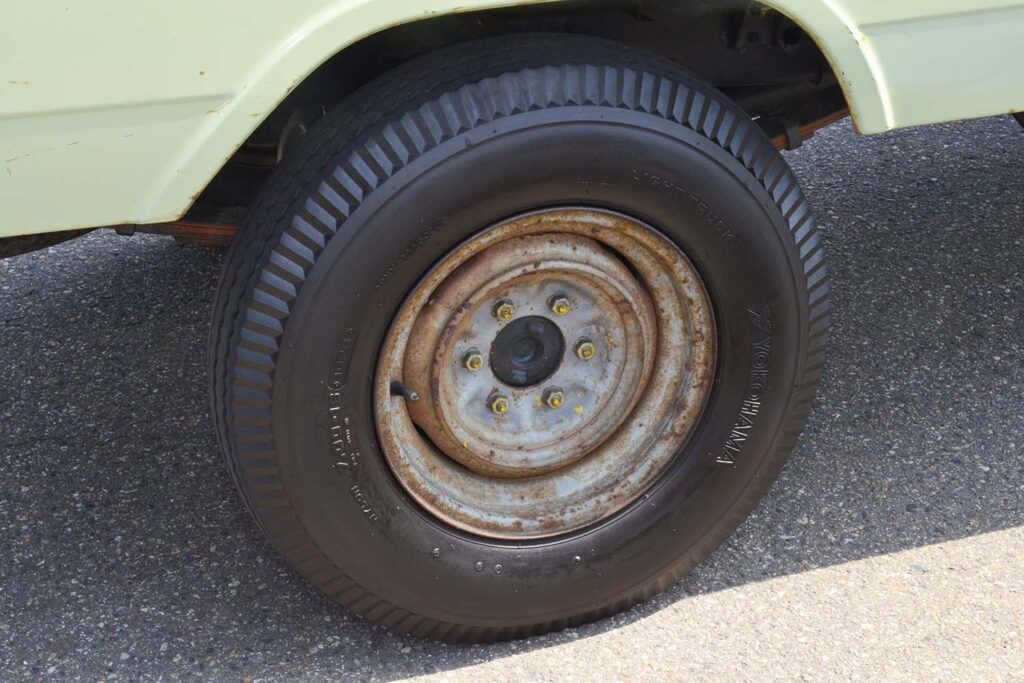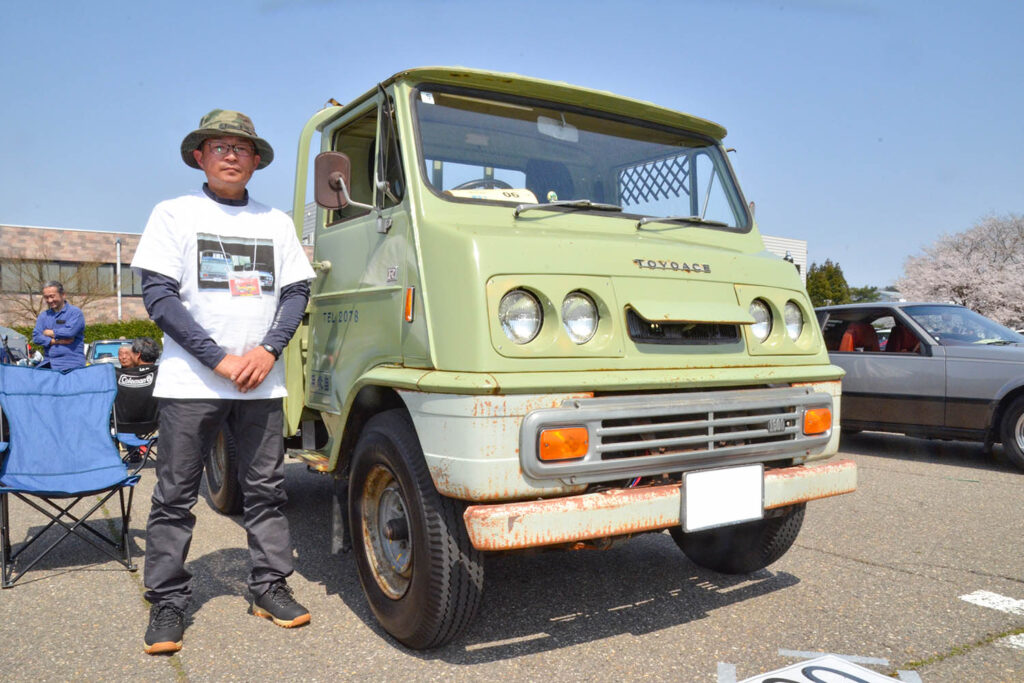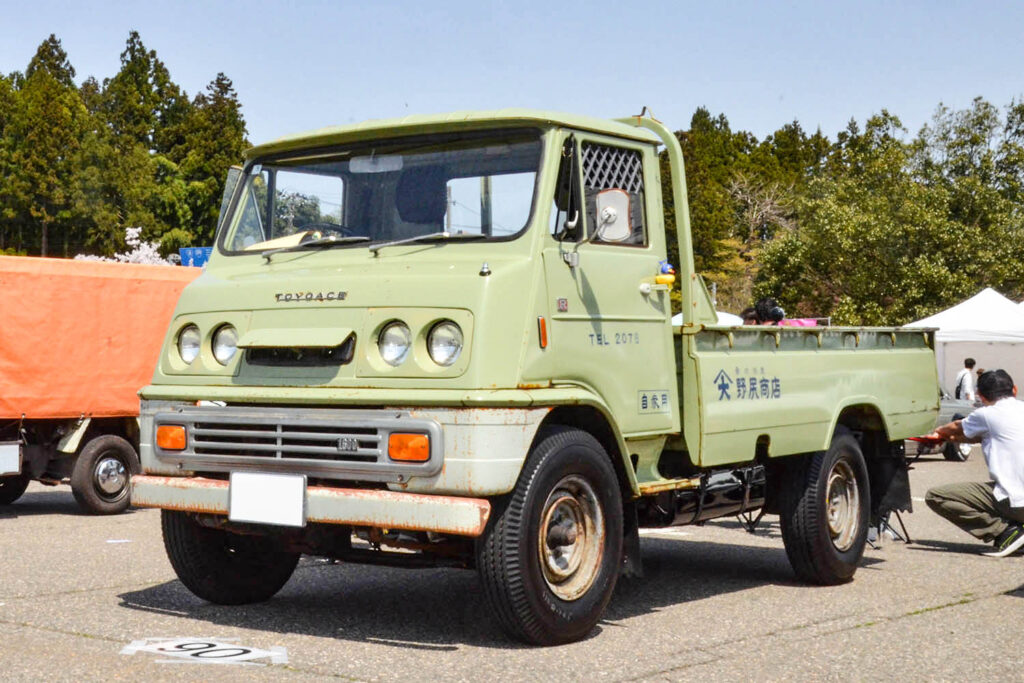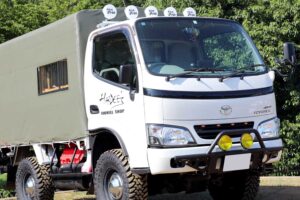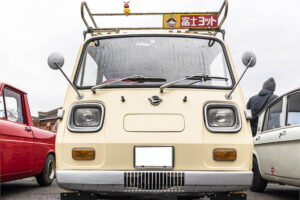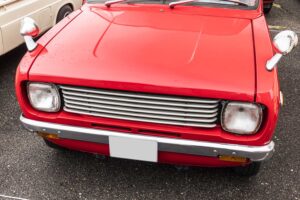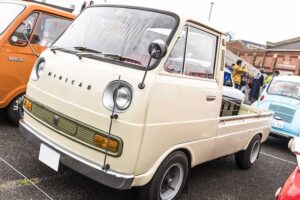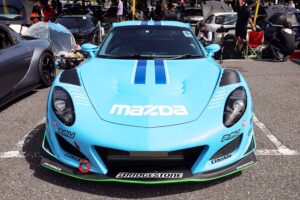Rescue the Toyoace that supported Japan’s logistics
In Japan in the 1950s, the Toyota Toyoace took over the leading role of the light-duty truck from the autotricycle, which was the commercial vehicle of choice. The Toyoace, which was once commonplace and abundant on the streets, has become extremely rare as the number of remaining Toyoaces has drastically decreased with time. We asked Mr. Yamazaki, who found such a Toyoace at a store and rescued it after servicing it with his own hands, to introduce his beloved car.
The “national truck car” took over the leading role from the auto tricycle
The “Toyoace” is one car that was once seen in great numbers but is now rarely seen on the streets. In the 1950s, 80% of small trucks in Japan were said to have consisted of three-wheeled vehicles. Three-wheeled vehicles supported Japan’s postwar distribution system because of their simple structure, low cost, maneuverability, and ease of maintenance, but their weather resistance and handling stability were still a step below four-wheeled trucks in terms of perfection as automobiles. After the period of poverty immediately after the war, it could be said that the decline of the three-wheeled vehicle was a historical trend, but it was Toyota’s Toyoace that accelerated this trend and took over the leading role of the small truck from the three-wheeled vehicle.
The Toyoace initially debuted in 1954 under the name “Toyopet Light Truck” (SKB model), and two years later in 1956, the name “Toyoace” was chosen from a public contest, and it was even called the “national truck car. It has continued to support Japan’s logistics industry as a synonym for Toyota, and by extension, for light-duty trucks, until 2020.
It was saved from the fate of being dismantled
This is the final model of the second generation Toyoace, which was produced from 1959 to 1971, and while there are many differences and variations in the details of each model year since it was produced for over 10 years, the main feature of this final model is its four-light headlights.
“It was left at a car shop for about 30 years after it was no longer in use. I’ve been curious about it ever since then,”
said the owner Mr. Hirokazu Yamazaki. At the time, the car was still parked under the roof and in relatively good condition. Whenever he passed by the car shop, he would say, “Oh, it’s still there”.
One day, however, the car was moved to an outdoor space due to a change of vehicles at the car shop, and it was left out in the open. Mr. Yamazaki wanted to do something about the situation, so he decided to take the Toyoace back. At that time, the car was already pushed to the back of the car shop’s lot and could not be moved immediately, so he made time to visit the site and proceeded with the maintenance by “commuting”.
“This unit had the original single number as of 1997. If we had rescued it a little earlier, we would have been able to acquire it in a better condition.”
He also said that, thanks to Mr. Yamazaki’s efforts, the second generation Toyoace was spared the fate of being dismantled.
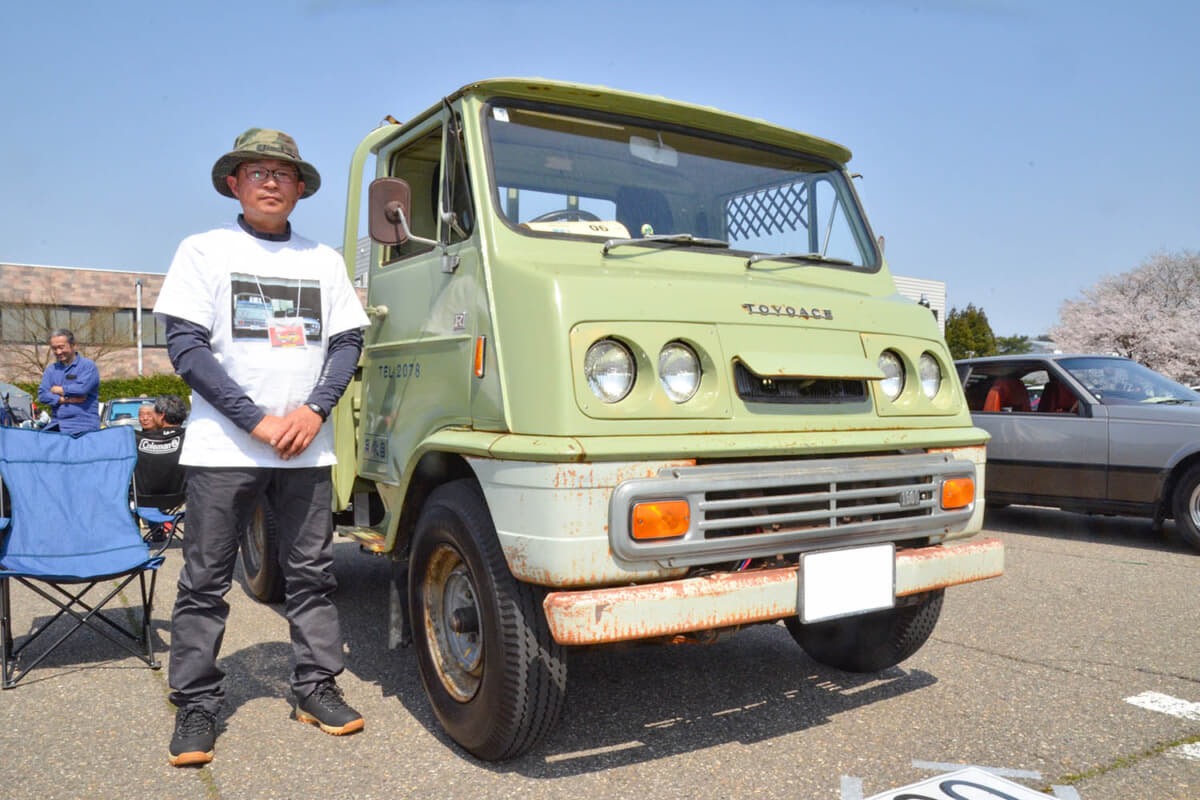
A small trick only a former VW owner can do
“The body and frame have been separated and well maintained. Mechanically, it is in perfectly good condition. On the other hand, the body was the original factory color and I wanted to keep it that way. The color has faded, but even the trade name written on the body is exactly as it was at the time.”
Mr. Yamazaki is a multi-talented person who likes not only commercial vehicles but also American cars and air-cooled Volkswagens, and he used to drive a Volkswagen on the race circuit.
“The lattice-like part installed on the passenger window to keep heat inside the car is actually a reprinted part for the VW Type 2. The mechanical parts are solid, and the body is like this. Well, this is one of the rat styles, isn’t it?”
he said with a smile.





